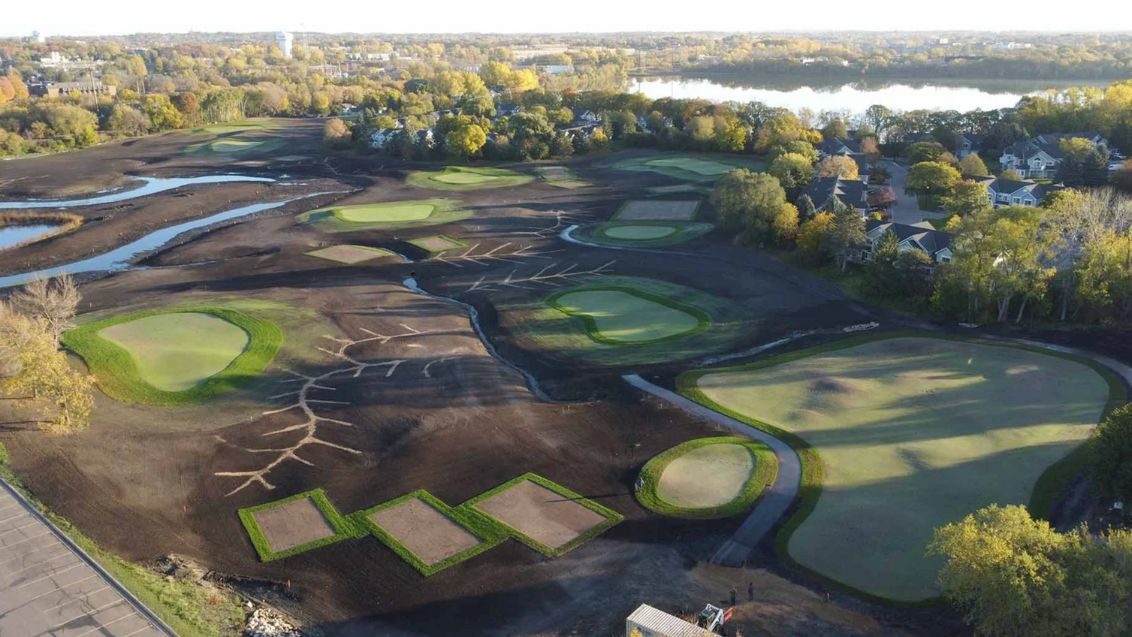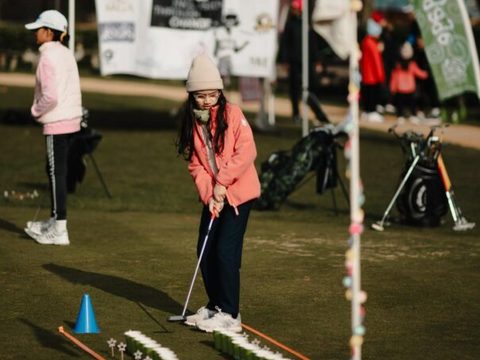Disability first: Adaptive course under construction in US

A par-28 accessible short course designed specifically for the adaptive golfer will open in Minnesota in spring 2023.
The Loop at Chaska, a nine-hole, 1,234-yard layout, will have no bunkers, no rough and will allow carts to drive anywhere – even on greens – while its facilities are being constructed specifically with disabled golfers in mind.
It is the first of its kind and is being developed on a 24-acre site that was previously home to the Chaska Par 30 in the southwest suburbs of the Twin Cities, which closed in September 2020 after struggling to afford expensive updates.
Behind the innovative project is Tim Andersen, a USGA rules official and founder of Barrier Free Golf, a non-profit aiming to make golf accessible to all.
“There’s a number of places that are doing accessible programming, but I don’t think there’s been anything designed with accessibility as a core feature,” Andersen says in an interview with Golf.com.
“To have disability access as a core design feature, environmental stability, and make it a golf course fun for the widest variety of handicap — I don’t think anybody else is doing that.
“Can a 30 handicap play this and have fun? And then if you could get a PGA pro out here playing it with his kid and he thinks it’s fun, that’s perfect.”
The holes will range from 70 to 370 yards, and the facility will also have a ‘Minnalayas’ putting course – a nod to the famous Himalayas Putting Course at St Andrews – as well as a practice area for lessons.
Architect Benjamin Warren has re-routed the course to move clockwise – making it kinder for slicers of the ball – and expanded the greens, taking inspiration from the Double Plateau, Alps and Punchbowl models.
Rather than a traditional clubhouse, the Loop at Chaska will have a small building to house changing facilities plus space for food and drink trucks to set up for the day.
Tanelle Bolt, a 35-year-old golfer who was paralysed in a free-jumping accident eight years ago, is already impressed.
“Dignity and equality are pretty much non-existent when you have a disability,” she says,
“You are always looking for the side entry or the elevator. With a disability you are reminded every day you are different from everyone else walking around you, but when I got there, sitting in the parking lot, there’s a pathway to the front door, not the side door.
“I loved the fact that you pull up and you can see what’s going on down below. You can see that it’s accessible, that you are welcome, that it’s for everyone and they are truly trying their best to be barrier-free. It’s incredibly important.”
The Loop at Chaska will be the first golf course for Andersen and Barrier Free Golf, but may not be the last as the 65-year-old has had interest from other US states.
“If we change one person’s life for the better, all this is worth it,” says Andersen, who recently worked at the USGA’s inaugural U.S. Adapative Open at Pinehurst, where 96 disabled golfers aged between 15 and 80 competed. “And I know we’ll do better than that.”


